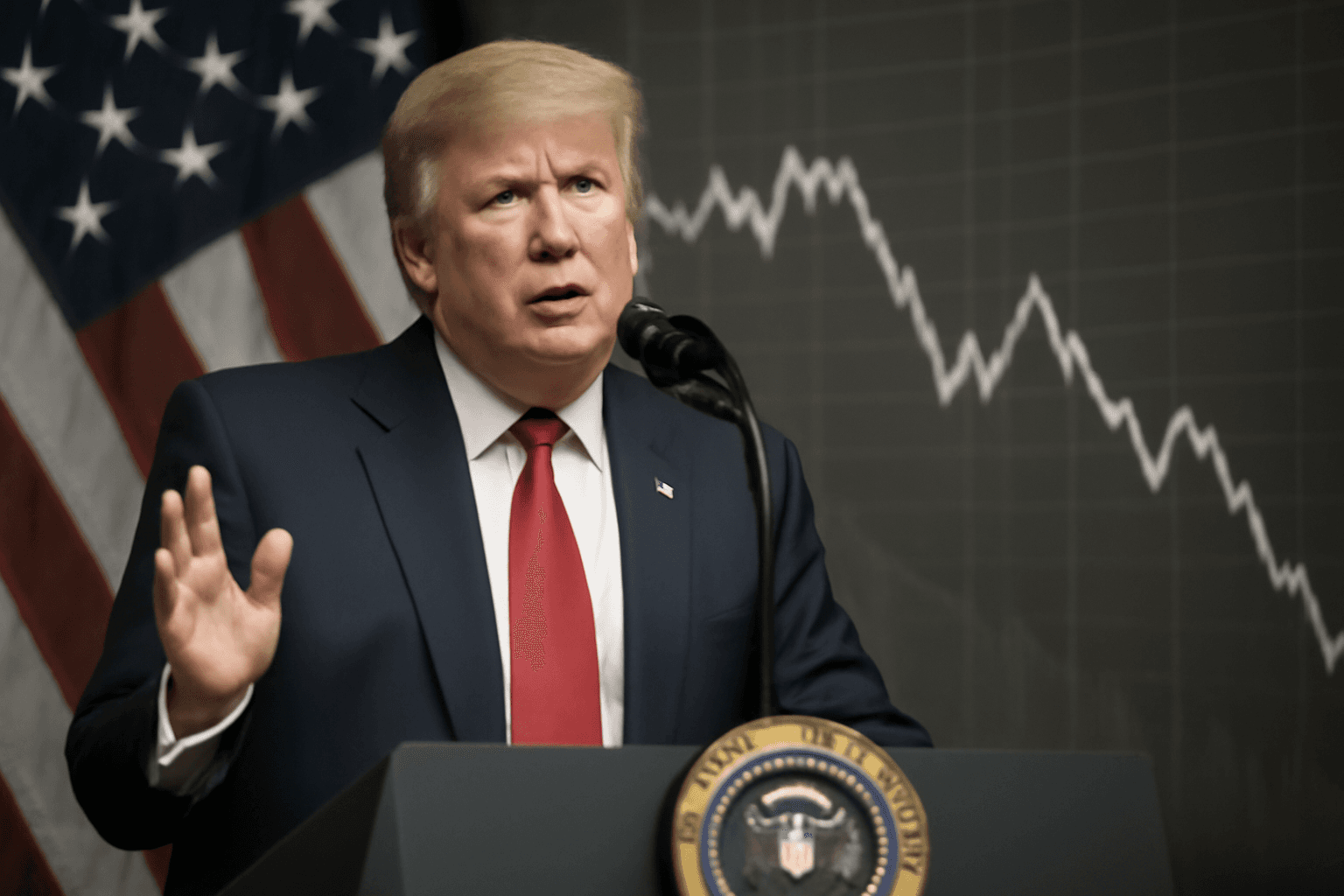Japan's bond market is facing heightened scrutiny as yields on long-dated government bonds approach historic highs, sparking concerns over potential capital repatriation and disruptions in global financial markets.
Yields on Japan’s 40-year government bonds hit a record 3.689% last Thursday, with recent levels around 3.318%, representing an increase of nearly 70 basis points this year. Similarly, 30-year and 20-year bonds have climbed more than 60 and 50 basis points, respectively, nearing all-time highs. This surge in yields reflects weakening demand, particularly as purchases for 40-year bonds dropped to their lowest since July 2023.
Experts warn that the rise in Japanese government bond yields could trigger a wave of capital repatriation, with Japanese investors withdrawing funds from the United States. Macquarie analysts noted the possibility of a "trigger point" when investors might hurriedly shift assets back to Japan, potentially igniting turbulence in global markets.
Albert Edwards, global strategist at Societe Generale, highlighted the risk of a "global financial market Armageddon" if yields continue to escalate. He explained that a stronger yen coupled with higher bond yields would diminish Japanese investors' incentive to invest abroad, particularly impacting sectors like U.S. technology stocks where Japanese capital is prominent.
David Roche of Quantum Strategy emphasized that elevated yields would raise borrowing costs worldwide, further tightening financial conditions and potentially prolonging global asset bear markets. Japan’s net external assets reached an unprecedented 533.05 trillion yen (approximately $3.7 trillion) in 2024, magnifying these effects.
Carry Trade and Structural Market Shifts
The sharp increase in Japan’s yield curve is partly attributed to structural factors, notably the fulfillment of Japanese life insurers’ regulatory-driven bond purchase requirements. Following the Bank of Japan's reduction in bond buying programs last year, private demand has been insufficient to maintain previous yield levels.
The carry trade—borrowing in low-interest-yielding yen to invest in higher-yielding foreign assets—faces potential unwinding. A surge in Japanese bond yields strengthens the yen, undermining this strategy. Experts like Michael Gayed of Tidal Financial Group described the situation as a "ticking time bomb," warning that a loss of confidence in Japan’s traditionally safe assets could ripple throughout global markets.
The yen has already appreciated over 8% year-to-date, driven in part by capital returning to Japan and reduced exposure to the U.S. dollar. Alicia García-Herrero of Natixis cautioned that this strengthening is unsustainable for Japan’s export-driven economy and could intensify financial instability.
Outlook: Gradual Unwind vs. Sudden Shock
However, some analysts foresee a more gradual adjustment rather than a sudden collapse. Guy Stear of Amundi cited the reduced short-term interest rate differential and diminished advantage in shorting the yen as factors that may lessen carry trade unwinding pressures compared to last year.
Riccardo Rebonato from EDHEC Business School predicted a slow erosion of confidence in the U.S. dollar and a progressive unwinding of carry positions rather than an abrupt market implosion. Meanwhile, State Street Global Advisors’ Masahiko Loo emphasized the strategic nature of Japan’s holdings of U.S. Treasuries, suggesting minimal risk of large-scale divestment. Foreign holdings of U.S. assets remain heavily weighted toward equities over government bonds.
While capital outflows from equities and corporate bonds remain plausible during severe U.S. recessions or intensified anti-U.S. sentiment, experts find it unlikely that U.S. Treasuries would be the first assets sold off.
This evolving dynamic warrants close monitoring as it holds significant implications for global liquidity, currency markets, and international investment flows.














